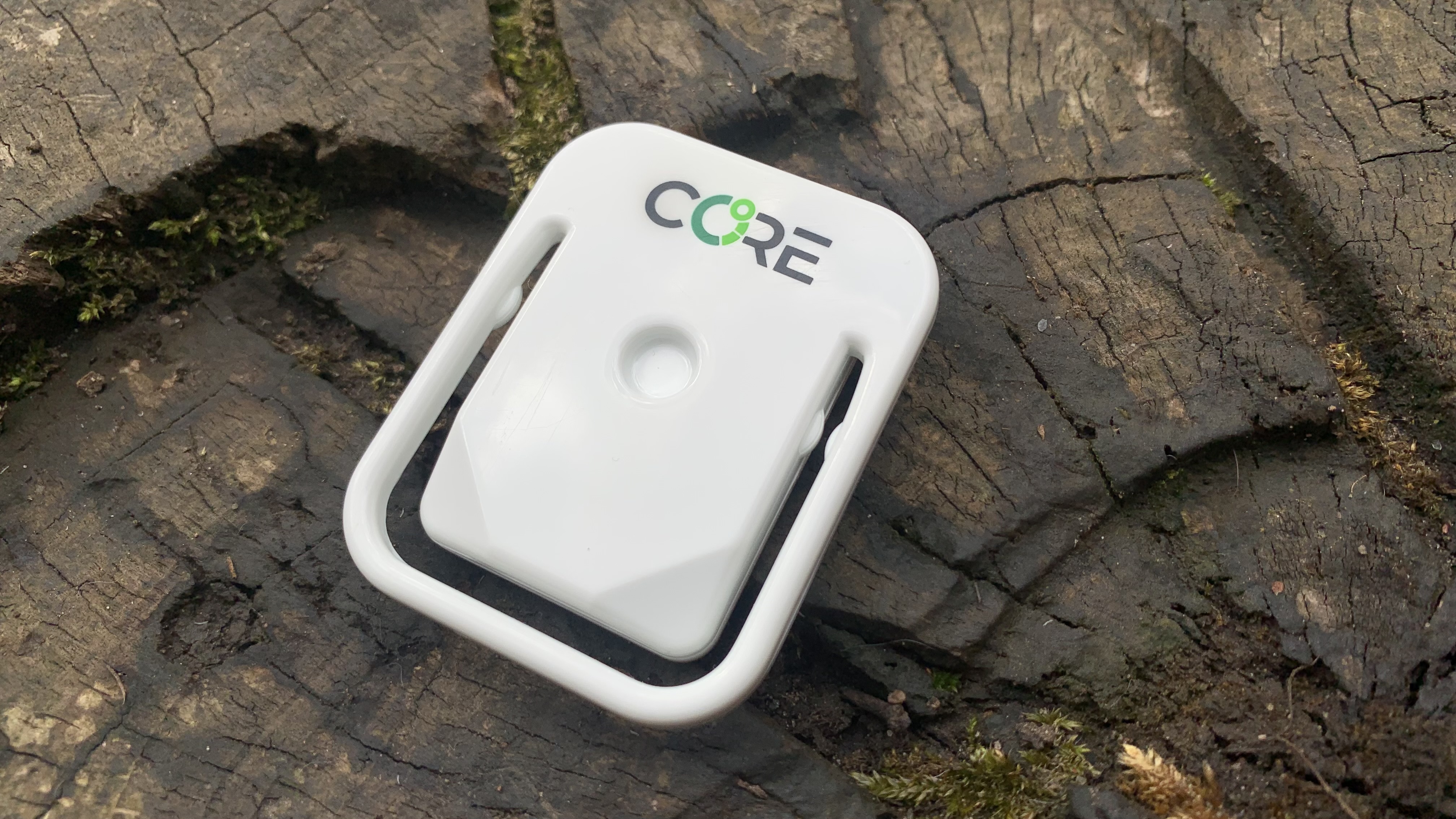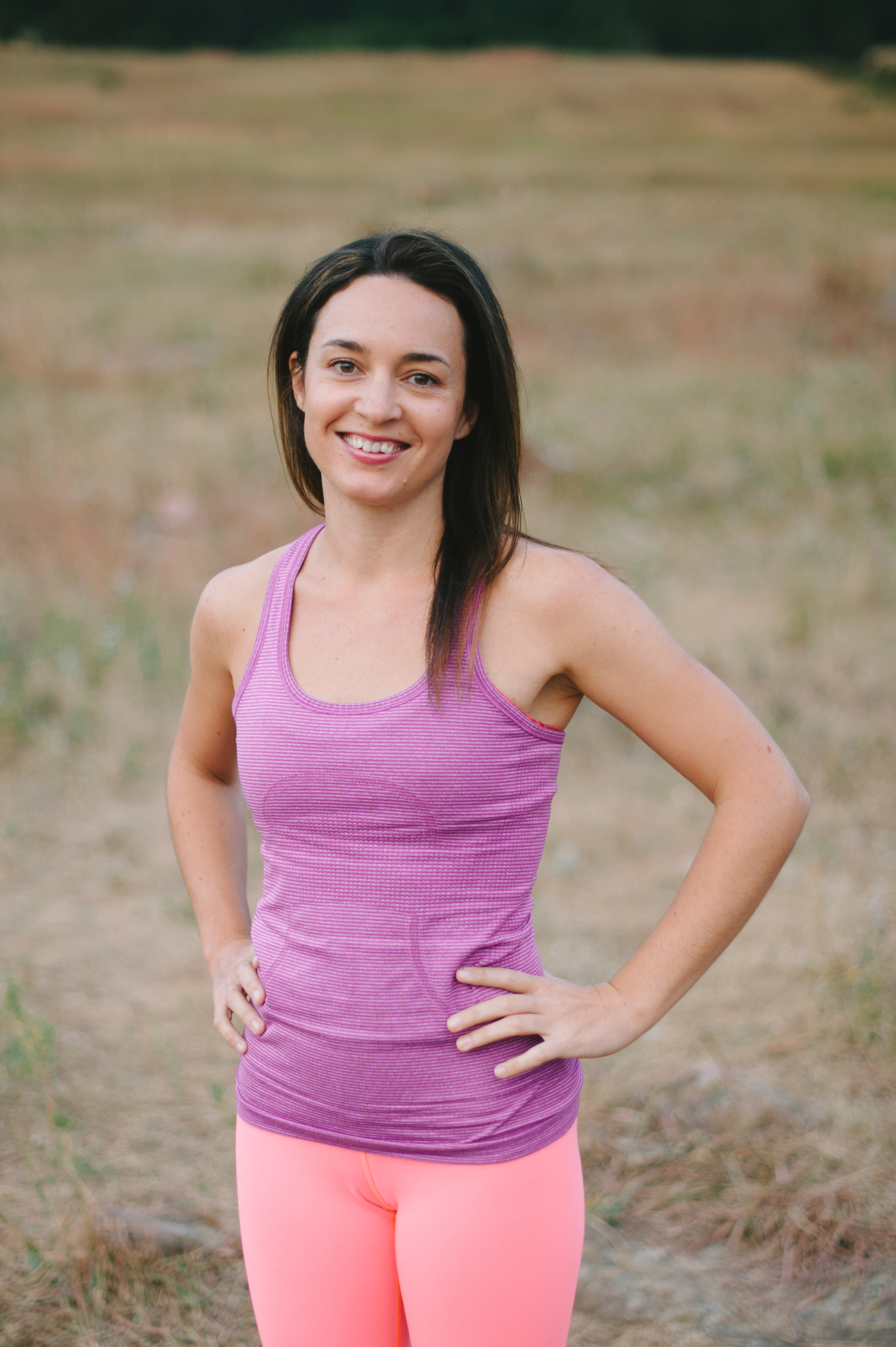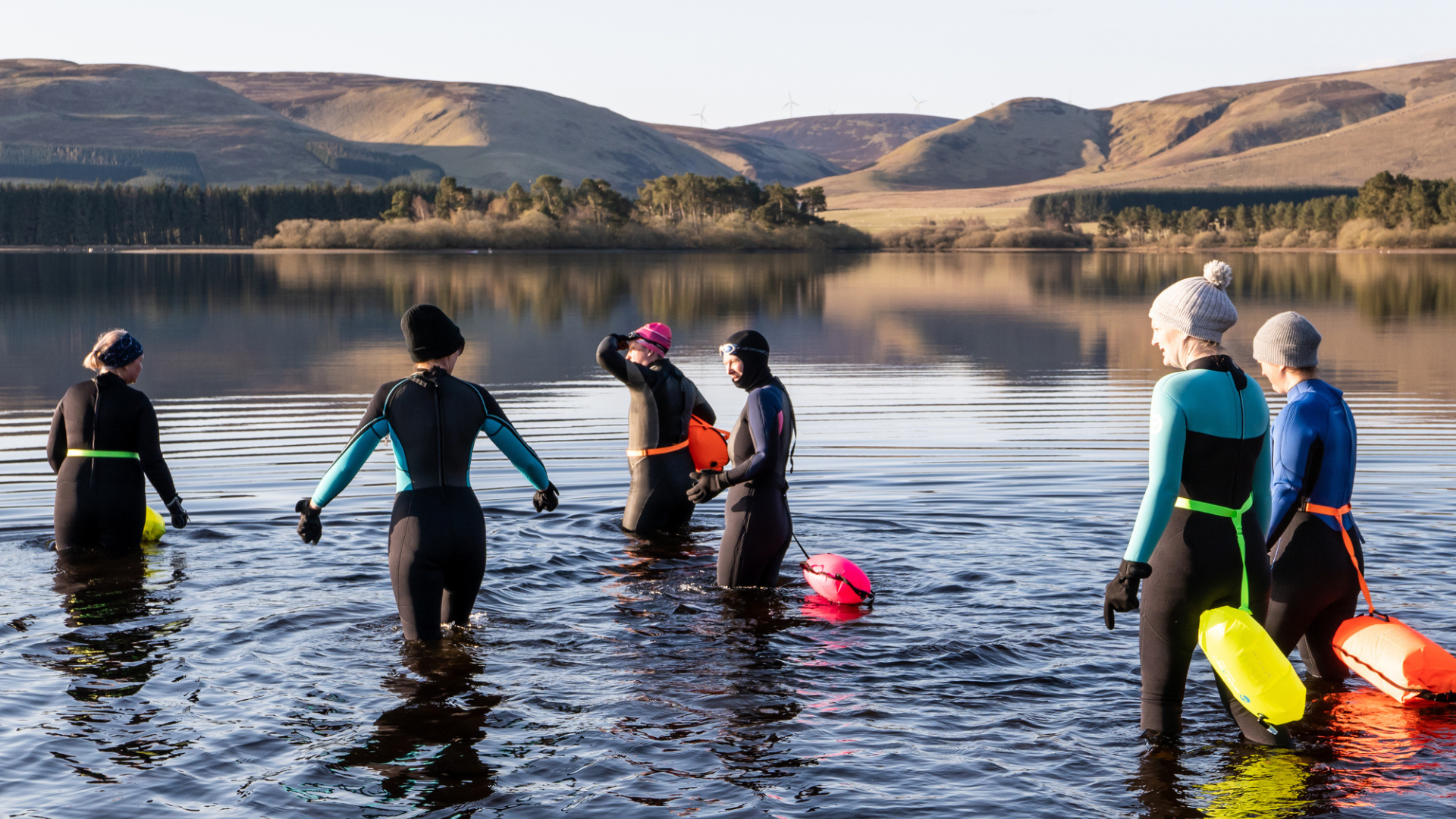Advnture Verdict
This small and easy-to-use gadget adds another useful piece of tech to your training arsenal and gives you useful data that can help improve your performance in hot weather and at altitude – but it's pricey and not required for enjoying your time on the trails
Pros
- +
Very easy to set up and use
- +
Lightweight and comfortable to wear
- +
Easily syncs with your GPS watch or heart rate monitor
- +
Useful training tool
- +
Waterproof
- +
Battery lasts up to 6 days
Cons
- -
Hard to tell when battery is running low
- -
Expensive
You can trust Advnture
Core 1 Sensor: first impressions
The Core Sensor is a wearable device used by some of today's top runners and cyclists that tracks your body's core temperature while you work out, helping you to improve your performance in hot weather and at altitude without having to swallow expensive pills, which was previously the only way to monitor your core temperature.
Developed in Switzerland, this handy gadget weighs less than half an ounce (12g) and can be clipped onto a heart rate monitor strap or sports bra to monitor your temperature. The company says its accuracy is backed by clinical, lab and field tests.
As we explain in more detail in our article on heat training, you can use the Core Sensor to train in a certain core body temperature range (around 101.3°F / 38.5°C) to help your body make more blood plasma, which allows you to cool down more efficiently. Heat training lowers the temperature at which you start to sweat and ensures you lose less sodium through your sweat, helping to avoid hyponatremia.
• List price: $284.95 / £284.95
• Dimensions: 40mm X 50mm
• Weight: 0.4oz / 12g
• Charging: USB cable (provided)
• Battery life: Up to 6 days
• Water rating: IPX7
• Pairs with: CORE iOS and Android App, WatchOS, Wear OS, Garmin ConnectIQ watches and bike computers, Wahoo bike computers, COROS watches, SUUNTO watches and more.
• Best use: Trail running, Cycling
Representatives from the brand recommend undergoing 10-12 heat training sessions using the sensor over a two-week period approximately six weeks before a race, then maintaining your blood plasma levels with two or three sessions a week. This allows you to adapt for a hot race and essentially mimics altitude training (though the effects are said to be more long-lasting than actual altitude training).
To use this device, you'll also need to download the Core app to your mobile device, then you can pair the Sensor with your GPS watch or heart rate monitor. When you're ready to hit the trail, simply shake it to turn it on then wear it under your armpit for the best readings. While you run, your watch will tell you your core body temperature so you can sustain your desired temperature or cool down as needed.
It's a surprisingly easy-to-use piece of tech, and the information it provides is interesting and useful, but it's also expensive and really only for those training for a warm weather endeavor or heading to high altitude. It's not obvious when it's fully charged and if it's losing battery, and you'll need to be really serious about the data to make it worth your while, but if used properly, it could turn a race-day meltdown into a success.
- Shop the Core Sensor
Core 1 Sensor: in the field
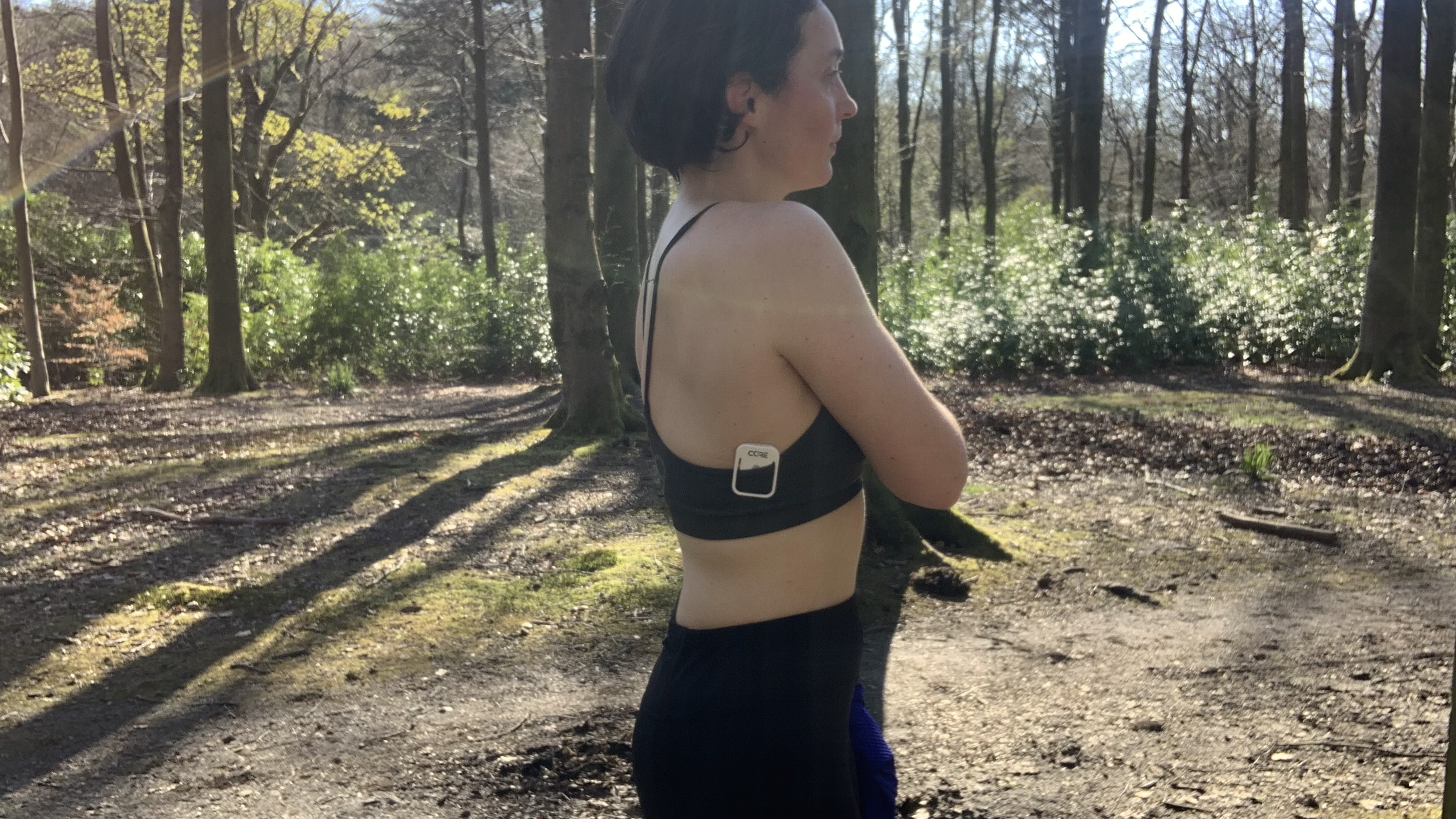
I first learned about the Core Sensor when I was writing an article about heat training, but I've been sitting on testing it for a while. I first received it in Scottish winter, which meant the best way to test it was indoors on a treadmill, which is almost my worst nightmare. I dutifully brought it with me on a work trip where I planned to take advantage of the hotel gym and start testing it, but foolishly, I didn't get it charged or set up properly.
Before I got the chance to test it at my gym at home, I got injured, and then as the months went by, it slipped off my list. Now, the weather has warmed up a little, and I have a high altitude trek planned in a couple of month's time in the Himalayas. Knowing what I now know about heat training, I realized that this could be a useful way to help me prepare for altitude, so I finally got it on during my recent mild-weather trail runs and hikes.
Since I've been testing this, Core has released an updated Core 2 Sensor which is lighter, smaller and smarter, according to the brand.
Here’s how it performed:
Design
This piece of tech couldn't be simpler. It's a small plastic square about the size of four small postage stamps that's designed to clip onto a heart rate monitor chest strap or even a sports bra.
It doesn't have any buttons at all. You charge it using the USB cable provided and there's actually no way by looking at it to tell if it's charged, you have to check the app. When you want to use it, you just shake it. If it's charged, a green light comes on, but again, you can't tell what the battery level is without consulting the app. So it's very simple, but maybe a little too simple?
Ease of use
It took me an age to finally trial this gadget, but once I did I realized it's almost embarrassingly easy to use. I charged it up and downloaded the Core app to my iPhone. The app prompted me to pair the device using a QR code and then I just had to pair it with my Coros Pace 3 watch so I could use it on the trail.
I ended up googling how to pair it and using a YouTube video, it really only took me a couple of minutes to add the Core Sensor to my Coros app. From there I customized the home screens for trail running and hiking so that I can keep an eye on my core body temperature once I get moving. Now when I'm on the trail, I can see my temperature along with my distance and pace.
I definitely prefer wearing it on my bra over using a chest strap, but the downside is that it's easy to accidentally throw it in the laundry. I haven't yet washed it by mistake, but even though it is waterproof, I'm not sure it would survive that.
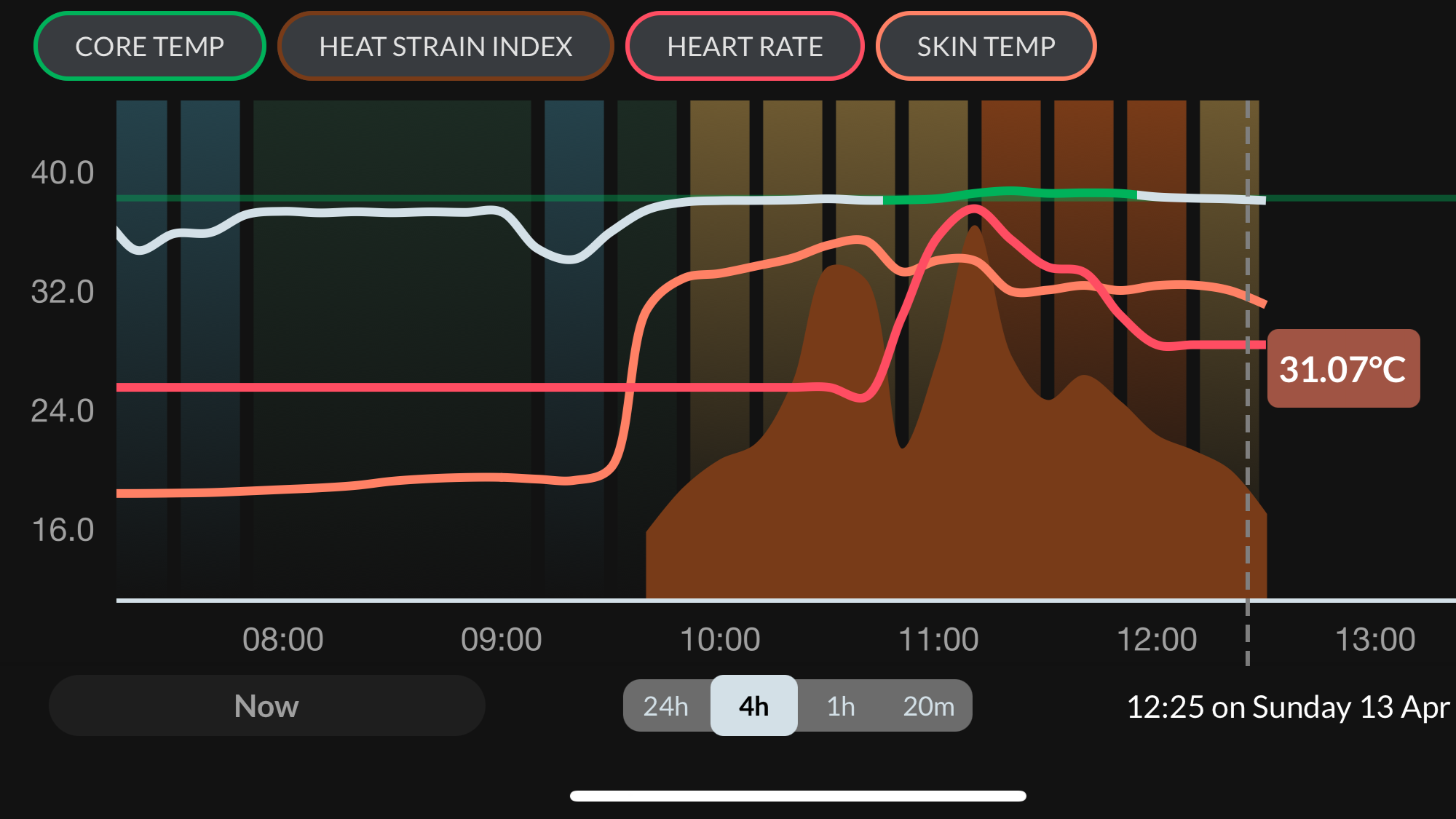
Performance
When I spoke to Core's expert endurance coach Brian Maiorano about how to use this device, he advised that I wear an extra layer to help me stay warm when I run, and just to head out at a medium effort pace.
For a lot of people I know, this would be difficult, but I actually love being a little warm and sweaty when I run – I recently showed up to a group trail running dressed in three layers and wore all three for the duration while my running mates were in shorts – so I quickly realized I might have an advantage.
I decided to take this out for the first time on a mild (nearly warm) spring day. Rather than bother with a chest strap, I attached it to my sports bra which was a bit fiddly (it will only work on thinner fabric), but once in place, it is very secure and I don't even notice it. Ordinarily, I'd have worn just a t-shirt at these temperatures, but I kept my Montane Fireball Lite jacket on and was able to run quite comfortably.
I kept an eye on my watch, and after about 20 minutes, my core temperature reached 101.8F (38.8C). It stayed there for only a few minutes when suddenly it dropped down to around 101.3 and I realized I had started sweating, and therefore had cooled down a little. I was able to maintain that temperature for the remainder of my run.
I have a sneaking suspicion that, because I'm always overdressed for running, I've actually been heat training accidentally for years (I also use the sauna several days a week), but since my first session, I've been using it regularly for trail running and even on my hikes, where I've found that with extra layers, I can maintain a good core temperature for more sustained periods.
The one area of performance that could use improvement is the battery. It holds a charge for up to six days as advertised, or for several sessions, but there's not an easy way of knowing if it's charged or not.
Data
The Core Sensor provides data on your core body temperature, skin temperature and heart rate, all of which you can view on an easy-to-read graph which shows how much time was spent in different temperature zones, not unlike heart rate zones.
I am also able to see my Heat Strain Index for each workout, a metric developed by Core that quantifies how hard my body has to work to stay cool during exercise. The HSI ranges from 0, meaning not at all, to 10, which represents a very high strain. During my first run, my HSI was 3.28, which meant that despite my extra clothing and mild weather, I wasn't having to work too hard to stay cool.
There is other data too, which I'm still getting to grips with, such as a chart showing my Thermal Load Trends, which measure the continuous time spent in a heat training zone, and an unexplained Heat Strain Score that I haven't figured out yet.
In the app, a lot of this data comes with links to learn more, and while none of it is overwhelming, it's definitely for the metrically-minded. That said, it's also distinctly more streamlined and focused than the amount of data you'll get from a GPS watch.
Value
Since I'm not actually training to run in the Javelina 100, I can't personally say that this has helped me adapt to the heat, though I'm looking forward to seeing how my trip to high altitude goes. I follow enough professional athletes online to know that heat training is widely used, and I can't see why this wouldn't be a really useful piece of tech for an elite athlete.
However, with a regular retail price of nearly $300, it also isn't cheap, and you can get decent GPS watches for less. Then again, for the serious competitive athlete, it may be a small price to pay to avoid heatstroke.
Core 1 Sensor: the bottom line
The Core 1 Sensor is a simple-to-use piece of gadgetry that could provide valuable and actionable data to elite runners. It's comfortable to wear and could make a big difference to your training and performance under certain conditions, though it's a pricey piece of kit and yes, it means yet more tech on the trail. But if we're being honest, if it's good enough for Tom Evans, it's good enough for us.
Pair the Core Sensor with:
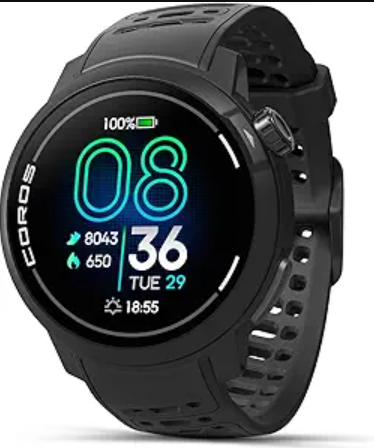
The Core Sensor is super easy to pair with the Coros app and actually works with the cheaper Coros Pace 3, but if you're in serious training mode you're more likely to appreciate the merits of the Pace Pro, which has a larger AMOLED screen and detailed topographic maps. With 46mm, you'll easily be able to read your body temperature as you go and make adjustments to your clothing or hydration.
For
- Bright AMOLED display
- Reliably accurate GPS
- Global topo maps with turn-by-turn navigation
- Easy to use interface
- Responsive touchscreen
- Moderately priced (especially for AMOLED screen)
- Lightweight
- Choice of bands
Against
- Heart rate monitor can be unreliable with silicone band if strap not tightened
- Button placement means you can accidentally press Start/Stop button during workout
- Only one size available
- Plastic case looks a little cheap
- Mineral glass not as rugged
- Limited smartwatch functions
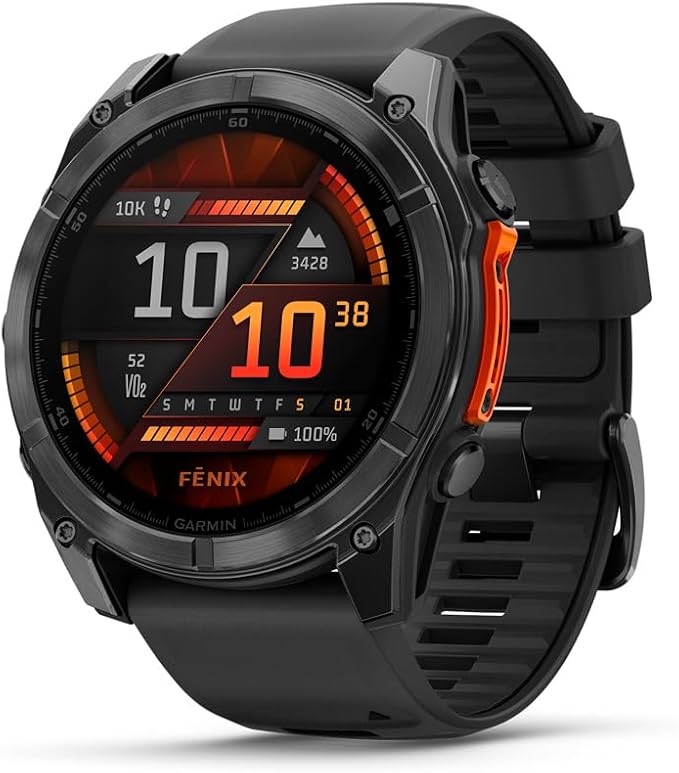
Pairing the Core Sensor is a little more complicated with the Garmin Connect app, but with Coros, but if you're going state-of-the-art this training season, the Fenix 8 is a magnificent smartwatch from the leading GPS brand. Yes, it's pricey, and yes, the Core Sensor will work with most Garmin watches and devices, but let's face it, if it's tech you love, you're going to be happiest with Garmin's ultimate adventure tool.
For
- Extremely accurate GPS
- Great navigation tools for hikers and runners
- Super clear and bright display
- Rugged build
- Flashlight with red light function
- Easy to use interface
- Responsive touchscreen and voice commands for easy operation on the go
- Choice of case sizes
- Solar option available
Against
- Very expensive
- Heavy and bulky build
- Possibly too many features
Julia Clarke is a staff writer for Advnture.com and the author of the book Restorative Yoga for Beginners. She loves to explore mountains on foot, bike, skis and belay and then recover on the the yoga mat. Julia graduated with a degree in journalism in 2004 and spent eight years working as a radio presenter in Kansas City, Vermont, Boston and New York City before discovering the joys of the Rocky Mountains. She then detoured west to Colorado and enjoyed 11 years teaching yoga in Vail before returning to her hometown of Glasgow, Scotland in 2020 to focus on family and writing.
